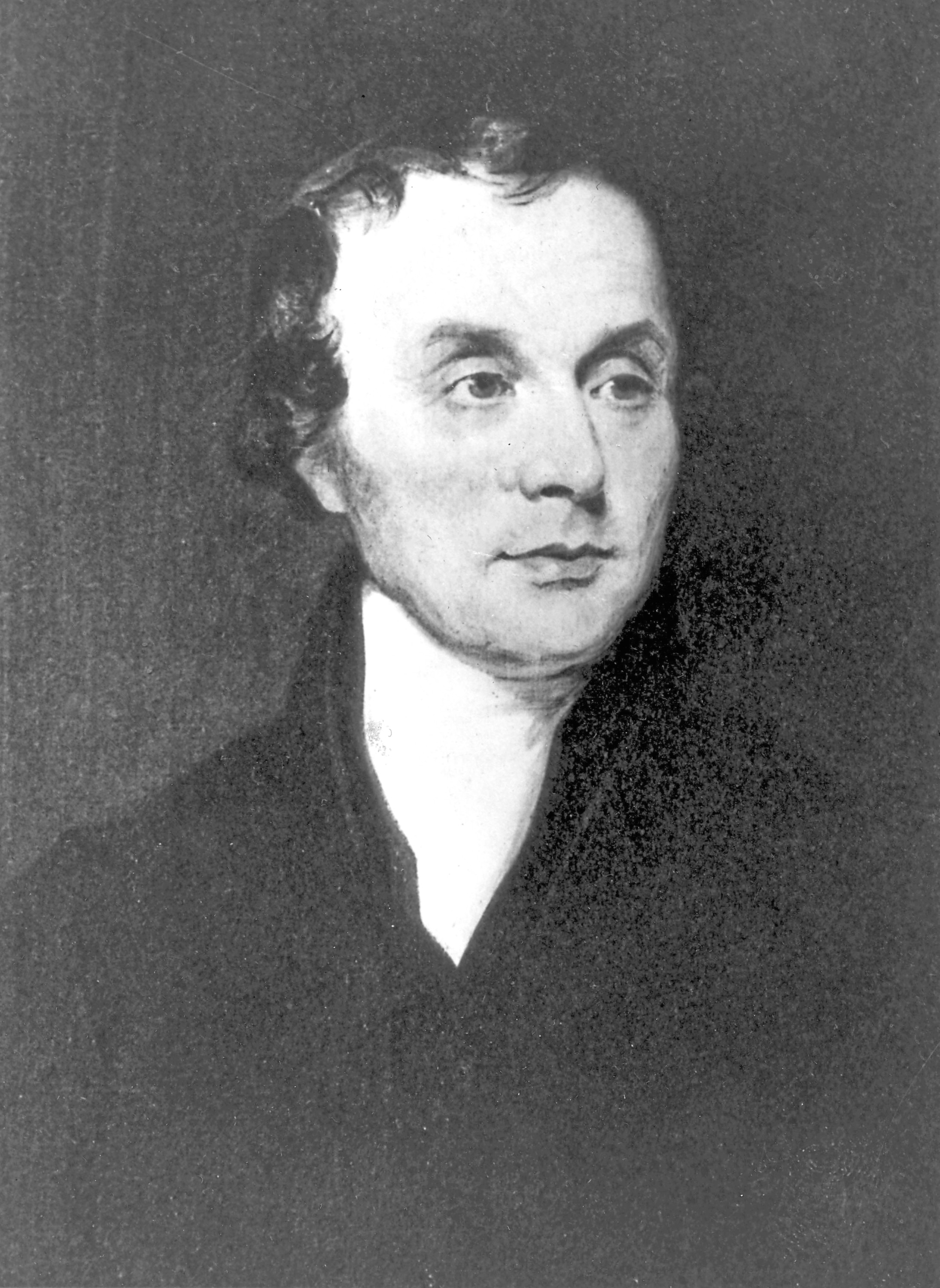
Such is the position of the British Isles on the globe that clouds are regular visitors to our shores.
Yet, few people can tell the difference between cumulus and cirrus, let alone name the amateur meteorologist who dreamt up their classifications.
It’s over 200 years since the naming of the various forms of cloud by Luke Howard, a London pharmacist whose great passion was the weather and who, at a scientific meeting in December 1802, presented a paper in which he suggested the names for clouds that are still used today.
Howard chose Latin, regarded as the language of science, when deciding on the names. Among those he christened were cirrus, meaning curl of hair; cumulus, which translated to heap; and stratus, meaning something spread.
He also realised that clouds could change their form and turn into an intermediate category, such as cirrostratus, and he introduced other terms accordingly.
Today, his terminology is used worldwide by meteorologists – a fine achievement for a man who was self-taught.
Luke Howard was born in London in 1772, the son of a successful businessman, and educated at a Quaker school in Oxfordshire.
His fascination with climate was sparked by his experiences in 1783 when, aged 10, he witnessed nature at its wildest.
Late in May of that year, violent volcanic eruptions in Iceland triggered a great lava flow. Carried by westerly windstreams, a dust cloud affected the rest of Europe, leaving a blanket of ash.
The state of the atmosphere worsened when, on the other side of the world, a Japanese volcano erupted and spewed great amounts of dust into the upper atmosphere.
All the weather diaries at the time reported the unusual appearance of the sky, as well as the “Great Fogg”, used to describe the cloud of volcanic dust that produced hazy skies across the world as well as a kaleidoscope of colours at sunset and sunrise.
To top it all, a blazing meteor streaked past Earth, causing minor tremors in southern Italy and Sicily.
The spectacle was seen by thousands, including Howard. His imagination was suitably aroused and his lifelong devotion to all things meteorological began.
His life and career was brilliantly recorded in Richard Hamblyn’s book, The Invention Of Clouds, published in 2002, a must-read for anyone interested in weather.
Before Howard dreamt up his names, clouds were regarded as too short-lived to be categorised scientifically.
Clouds form when the air temperature reaches condensation point, resulting in water vapour turning into a liquid, collecting on tiny particles in the air – such as dust – and becoming visible. If this process happens closer to the ground, the particles become fog.
Descriptions used to be based on a cloud’s colour or shape. Farmers and sailors in particular adopted terms such as “mackerel sky” and “inky-looking clouds”.
Howard was a member of the Askesian Society, and it was at one of the meetings that he presented his work, On The Modification Of Clouds.
The society – essentially a London-based debating club for scientific thinkers – had been formed by a group keen to expand their knowledge on all manner of subjects.
Explaining how the society worked, Howard wrote that each member was “required by the rules to bring in an essay for discussion or pay a fine. It was the obligation thus contracted which occasioned me to present to that society the Essay on Clouds”.
Howard’s other notable works include The Climate Of London, the first book on urban climatology, in which he explained that cities could have a major impact on the climate.
His supporters extended beyond the world of science and he inspired – among others – poets, philosophers and artists of the Romantic Movement.
The German poet Johann Wolfgang von Goethe even dedicated four poems to Howard and his clouds.
He wrote: “As clouds ascend, are folded, scatter, fall, let the world think of thee who taught it all.”
Professionally, Howard followed in his father’s footsteps. He was apprenticed to a retail chemist in Stockport, then established his own pharmaceutical business.
He never professed to be a scientist but his interest in the subject and contribution to meteorology is indubitable. In 1821, he was made a Fellow of the Royal Society, the highest honour his peers could confer.
Modern meteorologists also appreciate his achievements.
In April 2002, Michael Fish – the well-known BBC weather presenter – unveiled a blue plaque at 7 Bruce Grove, Tottenham, London, where Howard lived his final years.
“Television viewers may not hear these terms,” said Fish, “but as forecasters we use them every day. We are eternally grateful that Luke Howard came up with such an easy and straightforward way of naming clouds.”
John Day, former weather forecaster and lecturer in meteorology, once classed Howard as among the science’s “real pioneers”.
He went on to insist that “his interest in weather never waned and it continued as his primary avocation, even though his vocation took other turns.
“Luke Howard properly earned the right to be called the Godfather of Clouds.”

Enjoy the convenience of having The Sunday Post delivered as a digital ePaper straight to your smartphone, tablet or computer.
Subscribe for only £5.49 a month and enjoy all the benefits of the printed paper as a digital replica.
Subscribe © SSPL/Getty Images
© SSPL/Getty Images